
Ozone, air chemistry, Earth-system science, environmental modeling — researcher portrait Guy Brasseur
The recently published book “The Ozone Layer, From Discovery to Recovery” is a fascinating reading from the discovery of ozone in the 19th century…
![[Translate to English:] [Translate to English:]](/fileadmin/_processed_/b/a/csm_COVID_Figure_teaser_150371e1e1.jpg)
Climate response to emissions reductions due to COVID-19: Initial results from CovidMIP
In a new publication in Geophysical Research Letters led by Chris D. Jones from the Met Office Hadley Centre, in Exeter, UK, a group of 49 scientists…
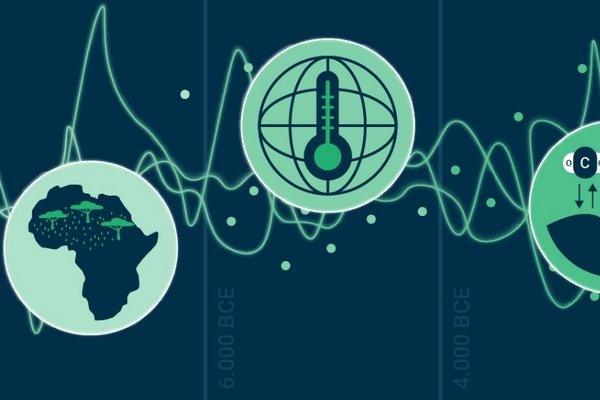
Variability of the Earth system over the last 8000 years
After the peak of the last ice age about 21,000 years ago, the great ice masses that had covered large parts of North America and northern Europe…
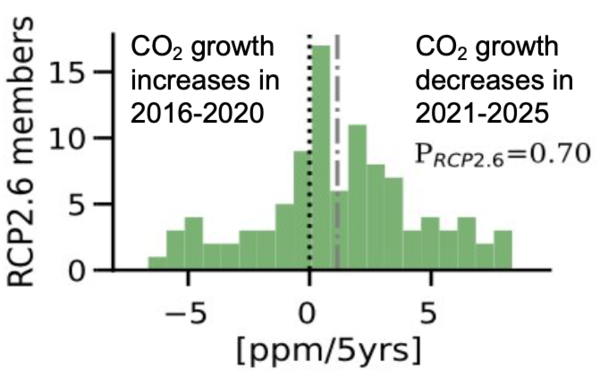
CO2 emission reductions only distinctly attributable in the atmosphere after a decade
In a new study Aaron Spring, Dr. Tatiana Ilyina and Prof. Jochem Marotzke, scientists at the Max Planck Institute for Meteorology (MPI-M), show that…
![[Translate to English:] [Translate to English:]](/fileadmin/_processed_/6/6/csm_Teaser_Rueckkopplung_49fd6b53e0.jpg)
Smaller land carbon feedback in the new MPI Earth System Model
In two recent studies, scientists of the Max Planck Institute for Meteorology (MPI-M) analyzed the feedback between CO2 and climate using Earth…

CLICCS – A cluster of excellence for climate research – Which climate futures are possible and which are plausible?
The Paris climate agreement from December 2015 recognized that the world is warming and that humans are primarily responsible for it. This provided a…
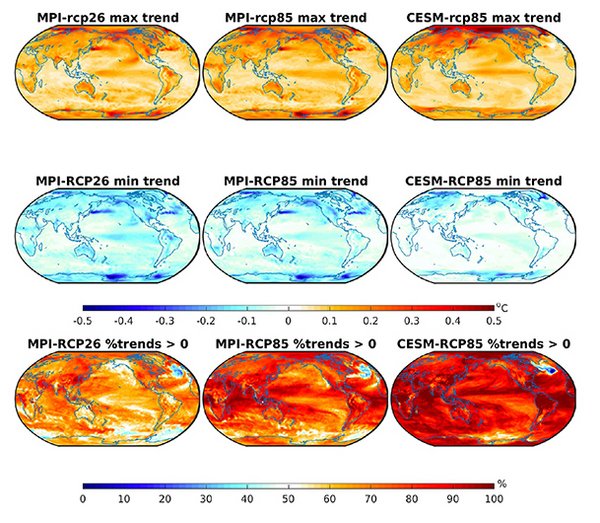
Internal variability dominates short-term surface temperature trends
A new study by Dr Nicola Maher, Dr Flavio Lehner and Prof Jochem Marotzke demonstrates that in the coming 15 years any individual point on the globe…

Multi-year forecasts can predict natural atmospheric CO2 variations
In a new study Aaron Spring and Dr. Tatiana Ilyina, researchers at the Max Planck Institute for Meteorology (MPI-M), were able to show that the…
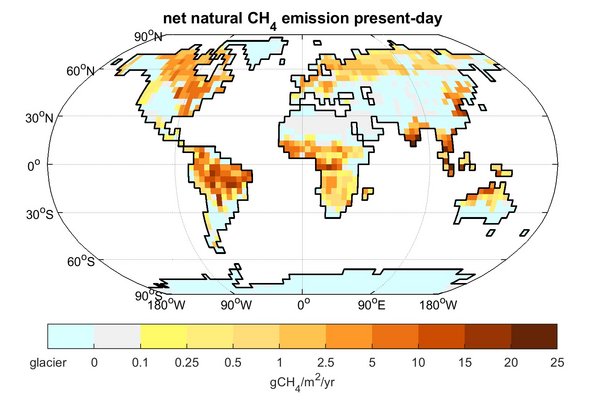
Natural methane emissions – from the glacial to the present
In a new study in Climate of the Past Dr Thomas Kleinen, Uwe Mikolajewicz, and Prof Victor Brovkin, researchers at the Max Planck Institute for…
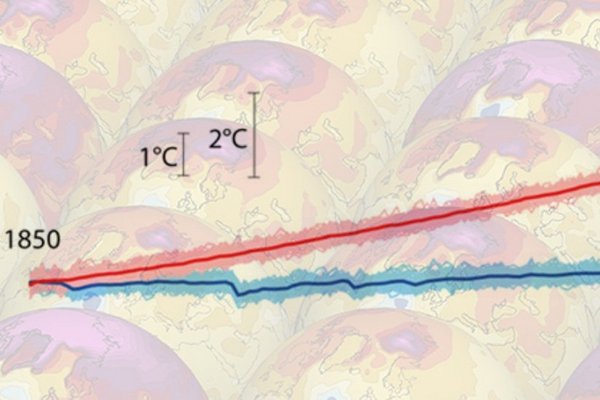
The Max Planck Institute for Meteorology Grand Ensemble – an instrument for studying the internal variability of the climate system
During the last 150 years, the increasing atmospheric concentration of anthropogenic greenhouse gases has been the main driver of climate change.…
A CERN for Climate Change
In a Perspective article appearing in this week's Proceedings of the (USA) National Academy of Science (PNAS), Prof Tim Palmer (University of Oxford,…
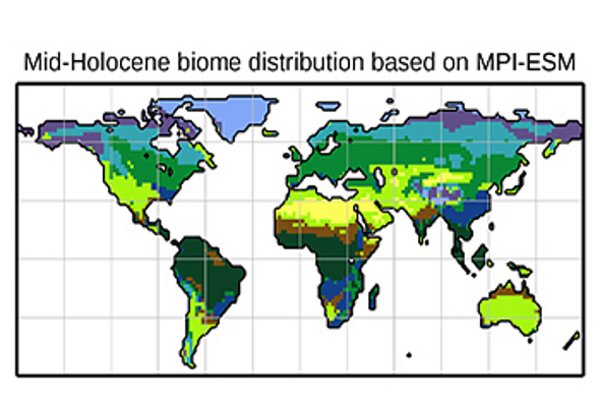
New method for evaluating Earth System Models
In a new study published in Climate of the Past and highlighted by the journal, Anne Dallmeyer, Victor Brovkin and Martin Claussen from the…

